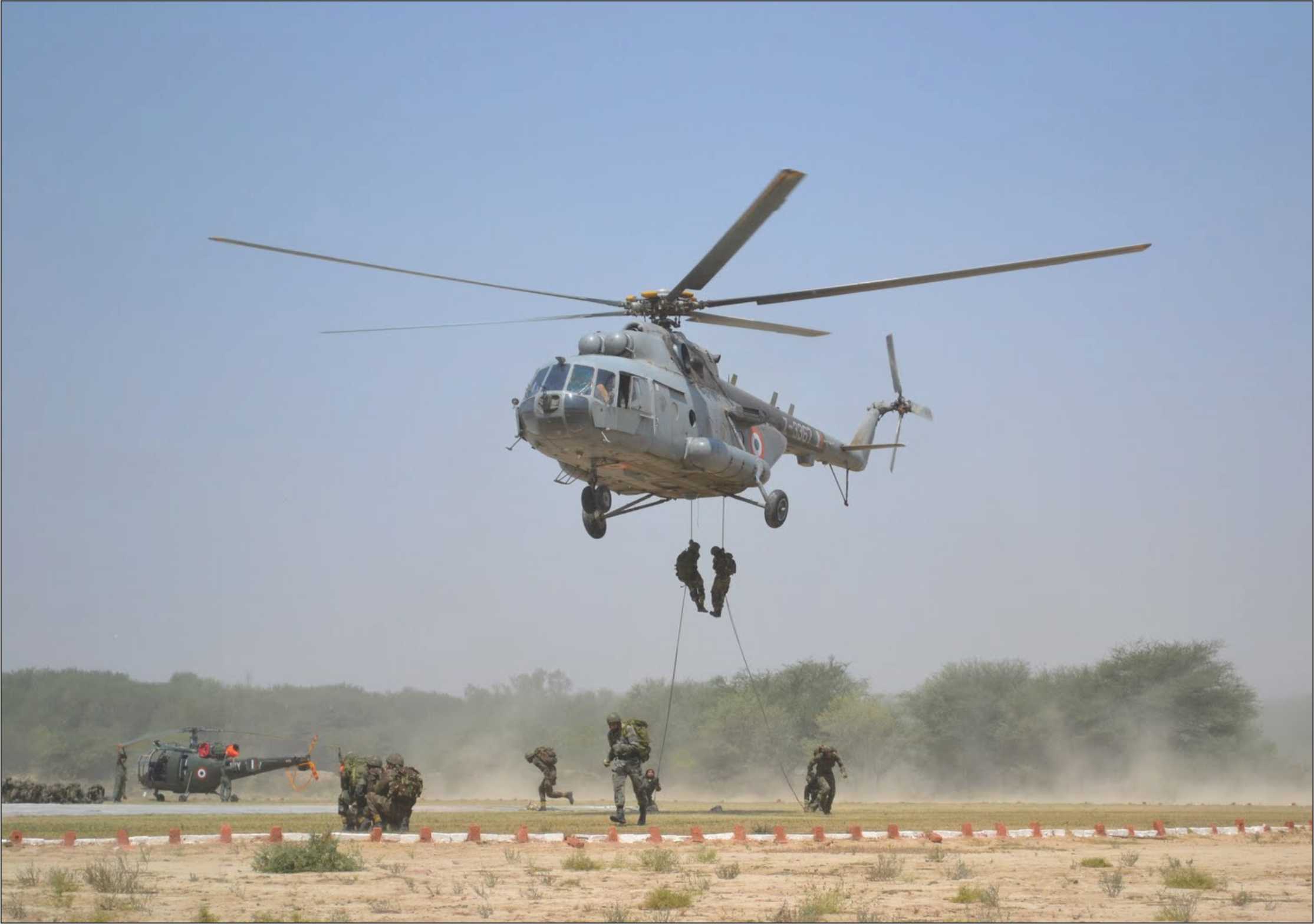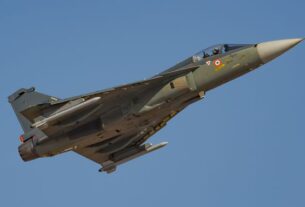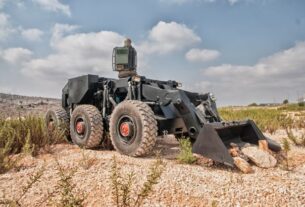Air-land military operations
The Indian armed forces have been acquainted with the “air-land battle” concept since 1987 when General K Sundarji conducted the massive deployment of air, land and sea components during Operation Brasstacks in the Rajasthan desert and the Gujarat marshlands. It was described by military commentators at the time as being the largest mobilization of military manpower since World War II, dwarfing anything the North Atlantic Treaty Organisation (NATO) had done since its inception.
Much of what was learned then was clearly lost by the time Operation Parakram was launched after the terrorist attack on Parliament in December 2001. The mobilization and deployment of every component of the Indian armed forces up to the international border in Punjab, Rajasthan and Gujarat and the Line of Control in Jammu and Kashmir which was intended to intimidate Pakistan and dissuade it from using jihadi terrorists as tools of state policy was a “fizzler” from the word “go”. It was replete with self-inflicted wounds with convoys of ammunition lost in accidental explosions and more soldiers dying from mishandled mines than from any exchange of gunfire.
Tactical doctrine
The experience of Operation Parakram forced the Indian military establishment to revise its tactical doctrine from launchpads in central India to ready-to-attack positions close to the western border in what came to be described as “Cold Start Doctrine”. Under the new deployment pattern the Strike Corps were split into smaller groups and permanently quartered within reach of Pakistan. It was designed to cut deployment time to hours instead of days and weeks as in the past.
However, in the face of Indo-Pak and Sino-Indian tensions nothing that was learned in the plains and deserts of the western border was applicable in the mountains during the Kargil conflict of 1999. One had hoped that the Indian Air Force’s premier training institution Tactics and Combat Development Establishment (TACDE) would have evolved standard operating procedures for air war over the Himalayas where the two-front war is expected. The Kargil war belied these expectations. India learned lessons the very hard way after one aircraft and one helicopter were shot down with shoulder-fired surface-to-air missiles making a mockery of the whole air-land battle concept.
The Indian armed forces should have learned from the experiences of the Soviet Army in Afghanistan where dozens of helicopters were brought down using shoulder-fired missiles. It was illustrated that if any flying object be it helicopter or aircraft came within range of the missile it could be in grave danger.
In Kargil the IAF realized rather late that its flying platforms must stay out of range-between five to seven km-and redesign their dive to release their bombs and missiles and be able to lift off safely after the attack. Trying to stay out of harms way made the attack inaccurate, much to the frustration of the Army which was having to claw its way up steep craggy mountains to try and dislodge the entrenched Pakistan Army Northern Light Infantry soldiers from a 10 km deep and 60 km long salient in Kargil. It took more than two months for the gutsy fighters of the Indian Army to clear the salient of Pakistani presence in an area that threatened the main arterial road to Leh and the Siachen Glacier. The induction of precision guided munitions delivered by the Mirage aircraft eventually had the desired effect of pulverizing and demoralizing the Pakistani intruders and their support bases.
Joint exercises
Even as the threat of a two-front war is increasing in two segments of the Himalayas, the Indian armed forces appear to remain fixated on the international border and the Line of Control as is evident from the series of air-land battle exercises held in the Rajasthan desert even as the threat in the mountains is growing. A six-day Army/Air Force exercise Vijayee Bhava was held in 2011 on a scale lesser than Operation Brasstacks to test the reflexes of tanks, mobile radars, satellite and drone imagery and helicopter borne surveillance in network centric warfare configuration. The air component included the MiG-29s, MiG-21 ‘Bisons’, Jaguars and Mi-25 attack helicopters operating in unison to flesh out the concept of Cold Start. Before this Operation Satrunash was held in 2007 and with varying gaps Operation Brazen Chariots and Shahbaaz Ajay and more recently Operation Sarvada Vijay was held in the presence of Chief of Army Staff Bikram Singh. The accent has remained on air-land battle operations in the plains and desert areas.
As Kargil illustrated, there is much to learn about air operations in the mountains. All one has heard so far about air operations in the Himalayas is the re-commissioning of the forward air base at Nyoma and Daulat Beg Oldi in Ladakh and stationing of Sukhoi deep penetration fighters at Tezpur in the north east. The establishment of seven advanced forward bases in and around Arunachal Pradesh is also contemplated.
But the devil lies in the detail. It is difficult to protect such forward bases from enemy artillery shelling-Nyoma is just 25 km from the China held territory along the Line of Actual Control. How much load will aircraft take in terms of munitions and cargo given the rarified atmosphere; what types of surface-to-air missiles do China and Pakistan have, especially shoulder-fired ones, that can be deployed in the mountains are “contingencies” that need to be catered for and standard operating procedures laid down to tackle them. There should be no room for the kind of surprise inflicted on the nation in Kargil.
Unlike as in the plains and the desert where air power would be needed to support maneuvers by mechanized forces to make inroads into Pakistan and grab territory before the nuclear aspect comes to the fore, in the Himalayas there is no space for maneuver and much of air power would be needed to break up Chinese attempts to break through Indian defences.
If the Chinese do manage to make a breakthrough, the Indian Air Force would have to be able to launch attacks along lines of access. Here again it will be confronted with operations requiring it to acquire targets and engaging them with dive bombing tactics. Pilots would need to execute this maneuver without endangering the aircraft, delivering its payload without having to avoid surface-to-air missiles. This is something that needs to be practiced to perfection well before war breaks out.
Space for deployment of armor and mechanized forces is available at several points along the Himalayan range. In the north-east the defence of the Siliguri corridor which gives direct access to China into West Bengal will have to be defended from the air because of the narrowness of the corridor between Sikkim in the north and Bangladesh in the south. Conversely, the Gaygong-Geegong gap in Sikkim gives Indian mechanized forces the ability to cross into Tibet and engage the Chinese troops south of the Brahmaputra with air support.
In this context the acquisition of the C-17 Globemaster and the C-130J will have real significance if they are planned to be utilized against China in Tibet and beyond. The C-17 is capable of lifting a main battle tank and landing on unprepared strips of land. The Indian Air Force must practice this operation in the locale the aircraft is intended to be used. Not just the landing but also the procedure of parachute extraction of tank while the aircraft is flying a few feet off the ground without touching down. This kind of vertical envelopment will allow the Indian Army to deploy a squadron of three tanks within minutes of each other with follow-on forces coming in as soon as aircraft turnaround is achieved which, given the numbers available with the IAF (six delivered and four more to come), could mean between six to ten tanks delivered every two hours over the Himalayan hump from Leh or Tezpur. Therefore the air-land battle concept has similar relevance in mountain warfare as well.




